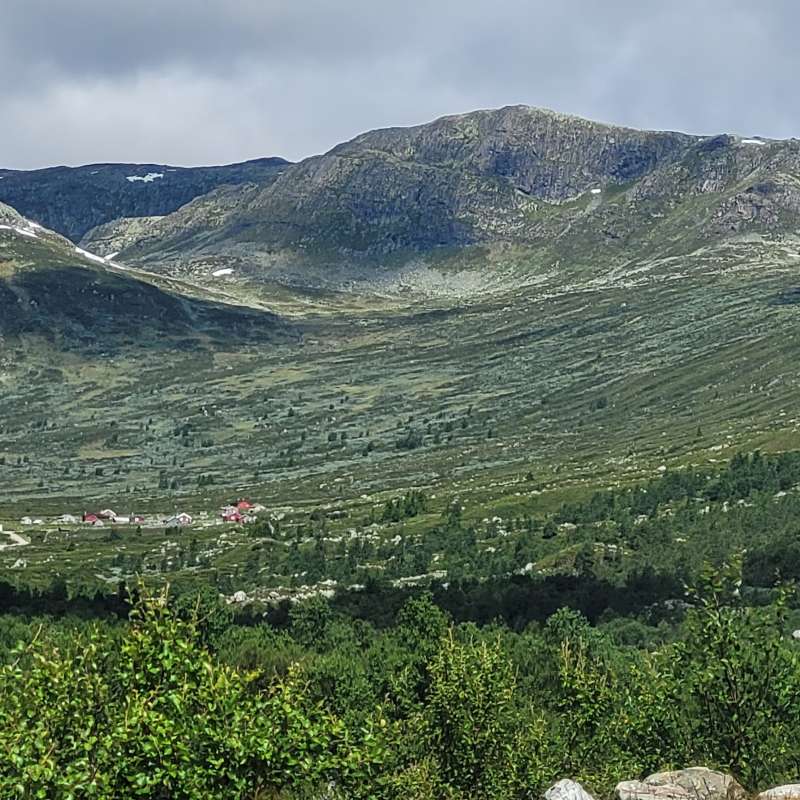Hanne Sickel
Research Scientist
Abstract
In modern agricultural landscapes, field margins are important for the survival of many species of plants and animals. We recorded vascular plant species in three kinds of field margins: road verges, margins adjacent to pasture, and strips of vegetation with arable fields on either side (“corridors”). Field margins are not included in the current national monitoring programme, due to limited funds and difficulties standardising recording methods. In this study, we repeated a survey done 15 years earlier. For both surveys, recording effort was standardised by using the shape and size of the mapped field margin to calculate the time allocated for recording a full species list. We found that there were fewer flowering plants in the margins than previously, including a decline in many pollinator plants. However, invasive species had increased in frequency. Road verges were the most species rich, presumably because the vegetation is regularly cut for traffic safety reasons. But the Norwegian Public Roads Administration are also managing species-rich roadsides through adapted mowing. Considering international ambitions to restore nature, regular management of field boundaries could be a suitable measure in agricultural landscapes, to increase their value for biodiversity.
Abstract
Agricultural land abandonment is increasingly affecting rural and low-intensity farming regions across Europe, raising concerns about its impact on biodiversity. While some species may benefit from reduced human disturbance, many species in semi-natural ecosystem types depend on traditional agricultural management to maintain their ecological integrity. This study examines whether abandoned agricultural land in Norway contains semi-natural ecosystems that may hold important remnant populations of red-listed plant species and where continued cessation of farming may further threaten these biodiverse ecosystems. Using spatial data on abandoned farmland, semi-natural ecosystem types and species observations, we identify areas of conservation interest and assess the extent to which these areas support endangered species. In addition, we conducted a time-series analysis of vegetation change using NDVI data (2017–2024) to evaluate whether abandonment led to detectable ecological succession. We also analyzed the spatial distribution of abandonment and its correlation with proximity to active farms to understand regional patterns of abandonment. Our results show that only a small percentage (3.7 %) of the abandoned agricultural land considered in this study overlaps with known semi-natural ecosystem types, yet these areas support a significant number of red-listed plant species. The NDVI analysis revealed generally weak but positive greening trends, suggesting early successional changes that are not yet statistically significant across most habitat types. Our method thus suggests a potential approach to allocate limited management resources to key locations. At present, the amount of semi-natural ecosystems is probably underestimated, however, because of limited and time-consuming mapping activity. These findings emphasize the need for more extensive mapping and targeted conservation efforts and highlight the risks posed by abandonment in biodiversity rich semi-natural ecosystem types.
Abstract
No abstract has been registered

